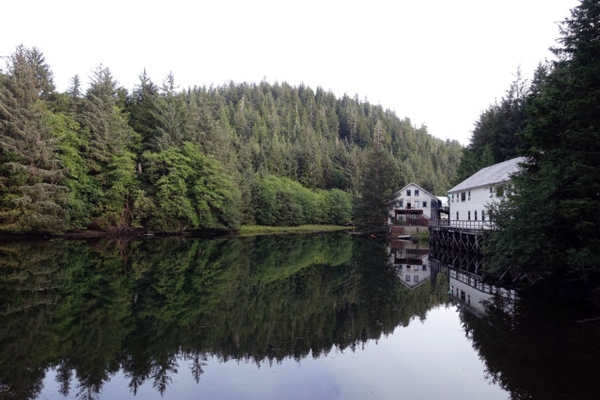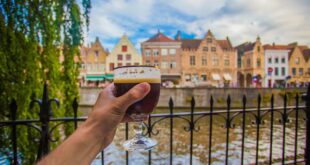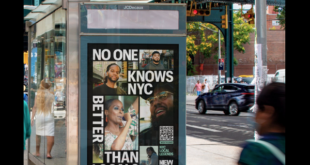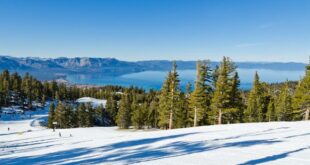A flock of bald eagles enters into what I can only describe as a feeding flight pattern, swooping down, grabbing a fish, eating in midair and then circling back around for another dive. It looks like a little airport in the middle of the Alaskan wilderness—the eagles executing touch-and-go’s one after another, circling the runway that is the school of fish.
But the feast is short lived. From the water rises a humpback whale, belly-flopping back down as air rips through its blowhole. The bald eagles—all 20 of them—scatter and head for shore. The whale relaxes, presumably pleased with its position atop the food chain.
This is all about 25 yards from my boat.
It’s another concrete reminder that we aren’t the only ones fishing these waters. But as magnificent as the scenery is—the eagles, the whales, the muted, evergreen trees rising up the rocky landscape and the low-hanging, misty clouds—there’s not much time to look at it because it’s hard to go ten minutes without catching a fish.
Fishing may be a sleepy activity in some areas—you know, a sport where you’re lucky if you catch anything—but here, the rate of catch is so high that it’s basically a physical activity.
The waters surrounding Ketchikan are a large feeding ground for salmon traveling south to spawn, many making their way to the Columbia River that runs along the border of Washington and Oregon. The high concentration of baitfish entices them to stop and feed in these channels, bays and shorelines every summer. So begins some of the most fruitful fishing in the world.
As a result, the region is peppered with small, wilderness-based fishing lodges that accommodate guests on multi-day trips.
My home base was Waterfall Resort, located on a small island and housed in the remains of an old, rustic cannery. It’s a “full service” resort, but not because they bring you room service.
The salty-dog lodge is a turn-key fishing operation, taking you to the best spots, netting your catches and then, most incredibly, filleting and packing your fish in an easy-to-take-home frozen box that you can check as a bag on your flight back.
The fishing here is so good that a once-in-a-lifetime day by most standards is met with a yawn, or worse, apologies.
On my first day, my boat (four people) caught six fish in 2.5 hours. On the second day, we caught 20 fish—16 salmon, 4 halibut—in about six hours. On the third day, we caught more than 30—a mix of salmon, halibut and rockfish. Only on that third day, when we had reached our legal limit on salmon and halibut, was our guide able to relax.
The day before, when we were only catching two or three fish an hour, he felt like he needed to explain himself.
“Usually, by this time of year, [the silver salmon] are swallowing [the hook],” he said. “I’m sorry.”
Really, the only time I saw the guide smile—that is, feeling comfortable about the state of the fishing—was the two or three times when all four of us had a fish on the line at the same time. This is how tall expectations are in these waters.
If ten minutes goes by and you haven’t caught a fish, you start to tap your foot.
This is good news for the everyday fisherman, as it’s a sure thing you will catch multiple fish per day, if not per hour.
In total, I brought home 40 pounds of fish. Just to give you an idea of what that’s approximately worth, fresh wild-caught salmon sells for anywhere between $20-$30 per pound—a definite perk and “refund” on your investment, if you will. You not only get a wild, last-frontier experience at the remote fishing lodge, you get to come home with a freezer full of fish that’s worth quite a bit of money.
In the end, the latter became the most rewarding part of the trip for me—the reason to go is because of what you come home with.
Most of us like to have some sort of takeaway from a trip. Sometimes it’s a gift for someone. Sometimes it’s a souvenir for yourself that serves as a memento of the good times you had, so you can remember the trip often. In this case, I found the fish to be both.
Right now, my freezer is absolutely jammed with salmon and, every time I open it to get some ice, I think about my time in Alaskan waters, the stories of the bald eagles and the whales or how the salmon would always run just as soon as you were about to get them in the boat.
And I’ll be sharing those memories with my friends for the rest of the year, when I invite them over for a fish dinner, or when I bring a filet to a barbecue or give it away as a housewarming gift.
On each of those occasions, everyone has been excited to hear the stories, allowing me to relive my trip, again and again, asking me questions about where I was and how I caught it.
I never tell them how easy it was.
When You Go
Waterfall Resort is located in the greater Ketchikan area on Prince of Wales Island, reachable by a 30-minute seaplane ride from Ketchikan Airport (the seaplane dock is actually connected to the Ketchikan airport). Its full service includes breakfast and dinner buffets, daily fishing excursions with guides (who do everything for you, including baiting your line), fishing gear, packed lunch, fish fileting and fish-box packaging.
Named after Waterfall Cannery, which operated from 1912 to 1970, the historic buildings house the main operations of the resort. Renovated cottages, which once housed the employees of the cannery, are the main lodging option for guests today. The Egg House Suites, a step up from the cottages, were once a storage facility for salmon roe.
Overall, the experience is of the salty-dog variety, with a bustling saloon, easy-going blue-collar vibe and hiking trails that encourage exploration into the forest. By contrast, Waterfall’s nearby sister resort, Steamboat Bay, offers the same fishing but with an emphasis on fine-dining and luxury accommodations.
[ad_2]You can read more of the news on source
 Travelsmart
Travelsmart



